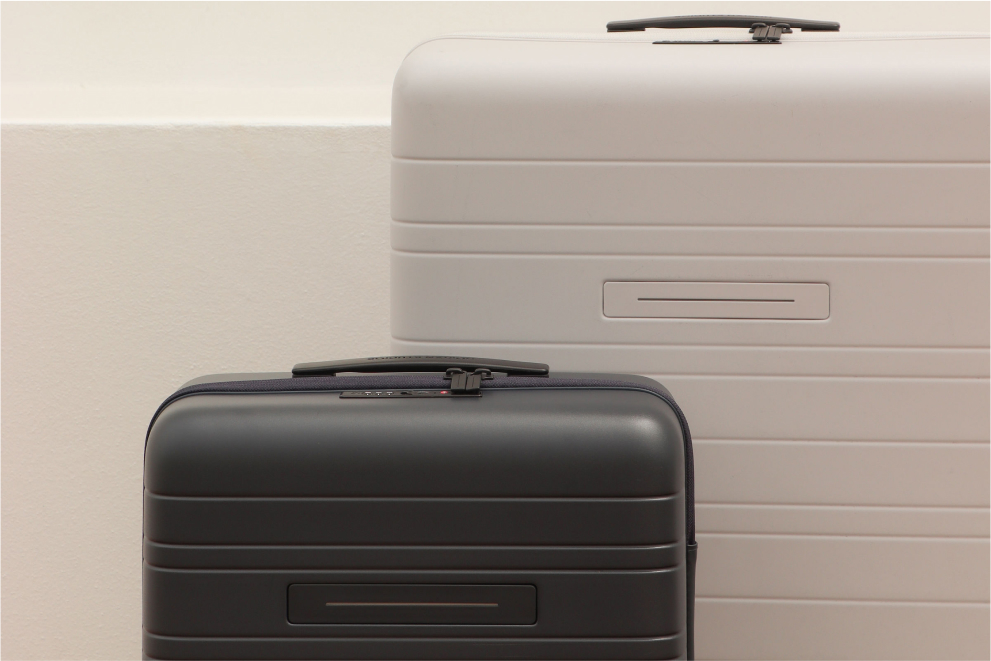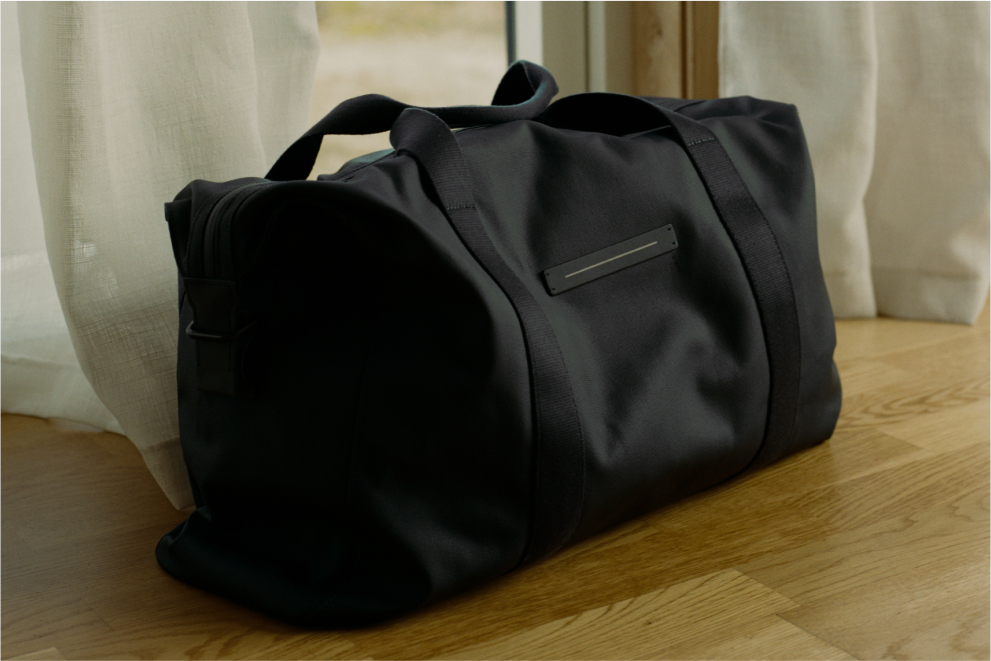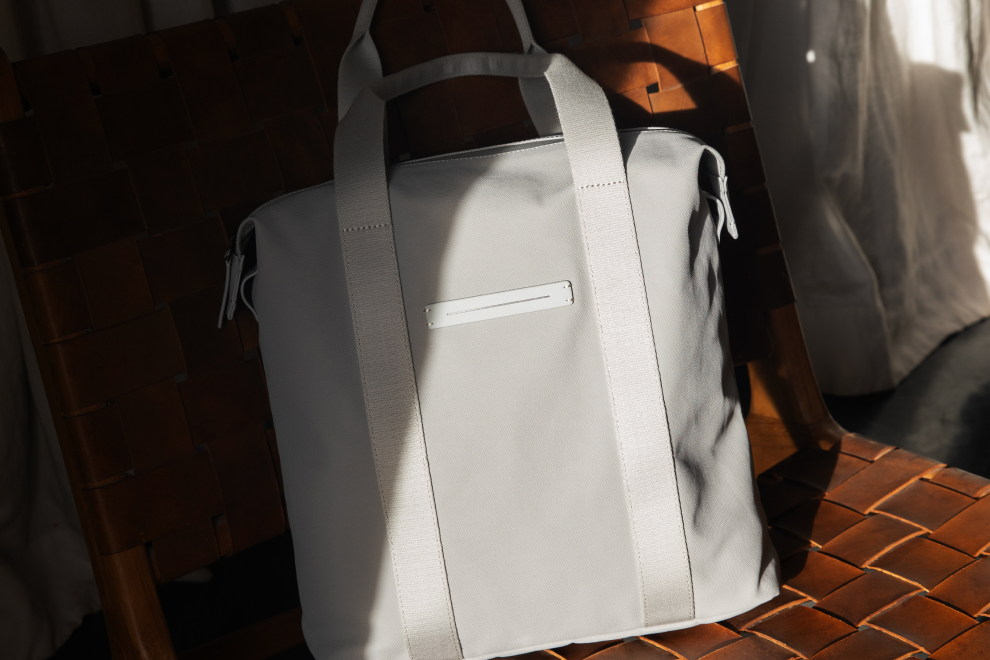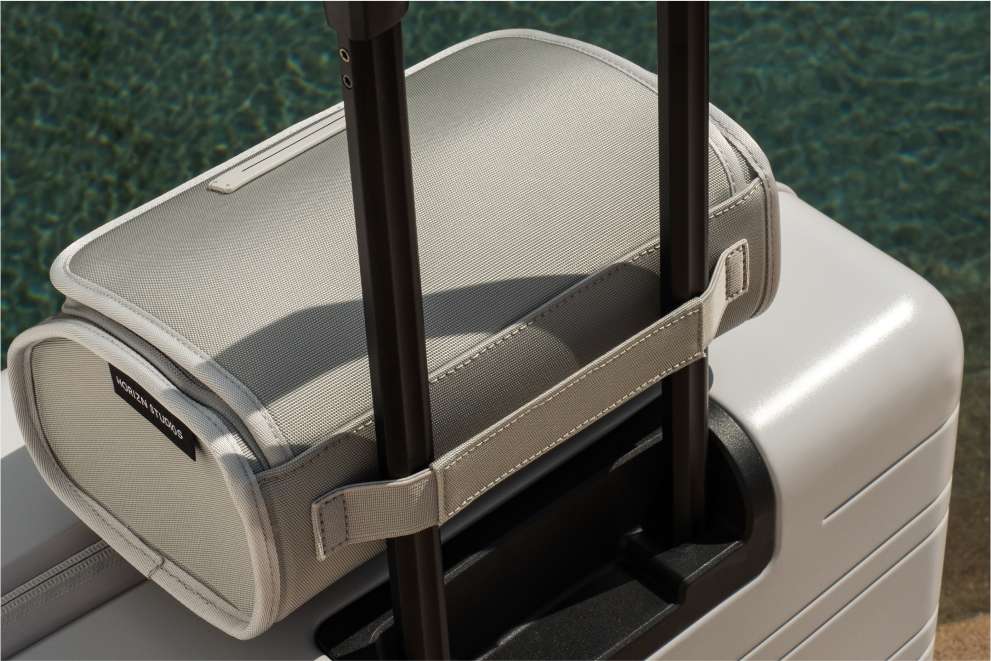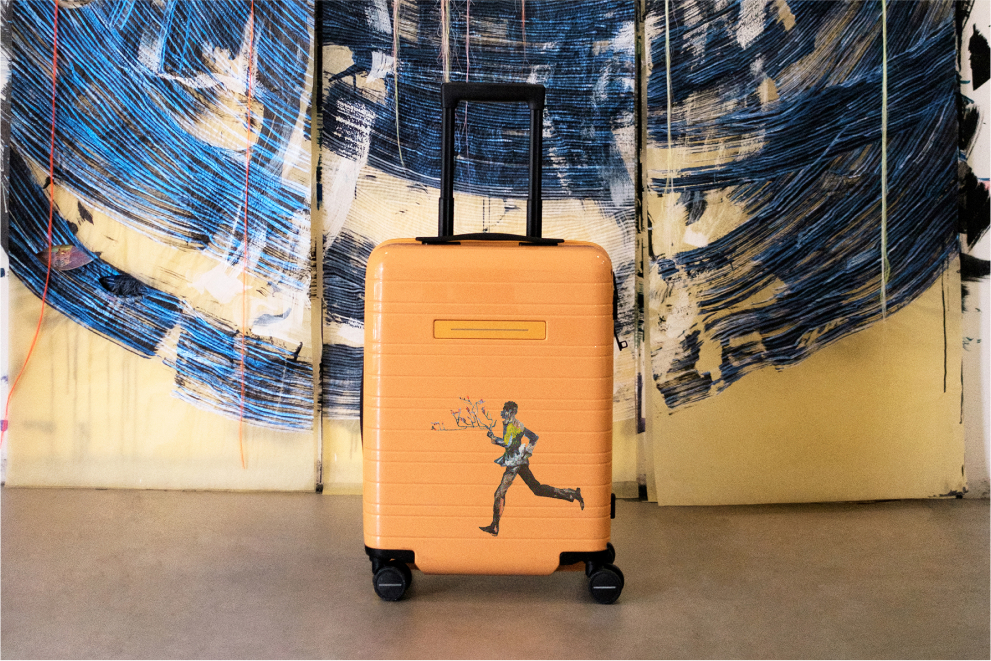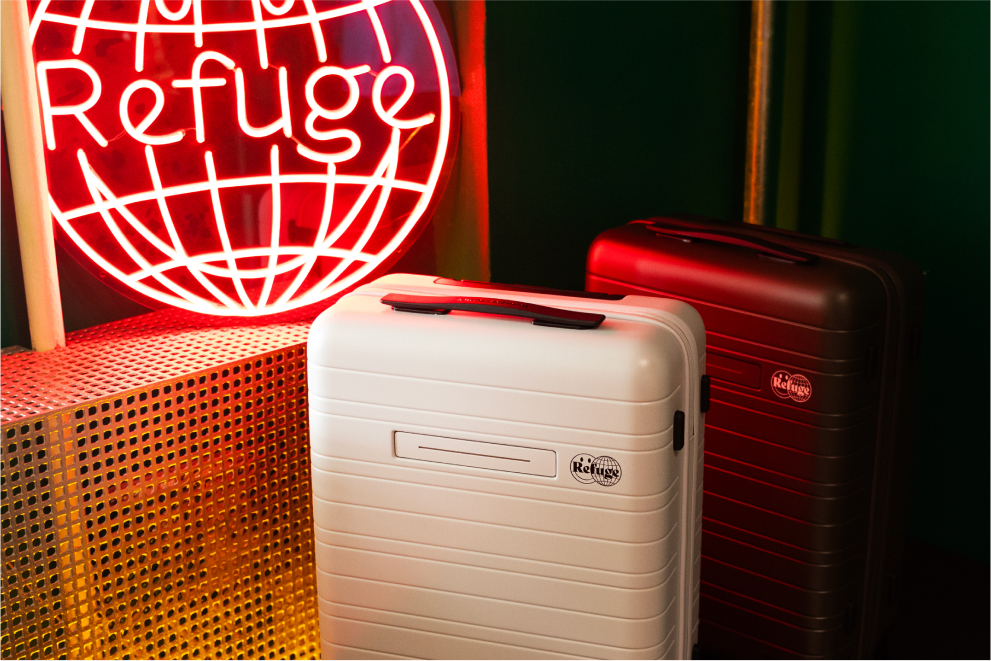A Guide To Matcha Drinks
Matcha Tea Benefits: A Wellness Health Elixir
Matcha tea comes in a soft powdery form, and we are whisking it into our lattes, cheesecakes, smoothies, and even marinades for meat and fish – but what exactly is this vibrant green mixture, and why are we seeing it in trendy brunch spots, restaurants, and bars in every city? The highest-quality matcha comes from Japan, and has been part of ritualised tea ceremonies called chanoyu since the 12th century. However matcha, made from finely powdered dried tea leaves, actually originated in China as early as the tenth century. A Buddhist monk named Eisai brought it over to Japan, and the Japanese Zen Buddhists refined their practice over many years; milling tea leaves and whisking the powder with warm water to cultivate a ritual around four basic principles: harmony (wa), respect (kei), purity (sei), and tranquillity (jaku).
Drinking matcha is a treat in many ways, from cold brew matcha’s benefits to enjoying matcha beer
By shading the plants, the Japanese Zen Buddhists changed the way the tea was grown. Shading helps to retain the caffeine content of the tea leaves, which increases chlorophyll production, giving the plant a dark green hue. Whereas regular tea is steeped in water, matcha is incorporated into water slowly using a bamboo whisk called a chasen, frothing it into a creamy, velvety drink. Because of this process you consume the whole leaf, and are therefore hit with the full effects of its vitamins, antioxidants, and level of caffeine. Studies have shown that matcha tea can help protect the liver, promote heart health, prevent cell damage, improve attention, and increase metabolism.
Drinking matcha as a soother for tired skin, among other skin benefits
Because of the high levels of chlorophyll, matcha is also incredible for your skin: protecting it from sun damage and reducing photoaging, which means fewer sunspots and wrinkles. It is also high in vitamin K, reducing puffiness, skin inflammation, and dark under-eye circles from too much travelling. To make an easy pore-cleansing mask, mix one and a half tablespoons of clay, half a teaspoon of matcha powder and a tablespoon of water. Aside from killing bacteria, the mask can also help to soothe and revitalize your complexion.
How much caffeine does matcha have compared to coffee?
Matcha is similar to black tea, but not as strong as black coffee. One cup of standard matcha, made from a teaspoon of powder, generally makes about 70mg of caffeine. This is just under coffee, which ranges from 80-130mg of caffeine. And like most green tea, instead of getting that jolt and then crash with caffeine from coffee, the caffeine in matcha is released nice and slowly.
Where to try matcha tea, matcha cold brew, matcha beer, and more
Kame Japanese bakery and cafe has two outposts in Germany’s capital of Berlin, one in the western district of Charlottenburg and the other in a gallery-lined side street in Mitte. The charming venues blend traditional Japanese goods in a contemporary space, with matcha served every which way – in lattes, cakes, ice cream, cookies, and even tiramisu. Two and Two cafe in the southeast district of Neukölln is an unassuming little shop that mixes a love of coffee, gastronomy, and French and Japanese culture. On a hot day, try a matcha shot straight up, or let owners Eri from Tokyo and Tose from Paris make you a refreshing iced matcha latte. Sticks n Sushi, the cult Danish chain of refined Japanese restaurants has multiple locations in London, including in Soho, Covent Garden, and Chelsea. Order a matcha latte and the waiter will perform a small ceremony at the table, mixing and whisking the mixture directly in front of guests.
